We spoke with Luz Moreno Pinart
She was the only Spanish finalist in the Loewe Craft Prize 2023, thanks to which she exhibited her work at the Noguchi Museum in New York. This artist investigates and experiments with materials such as paper, fabric and food to create installations that challenge the visitor.
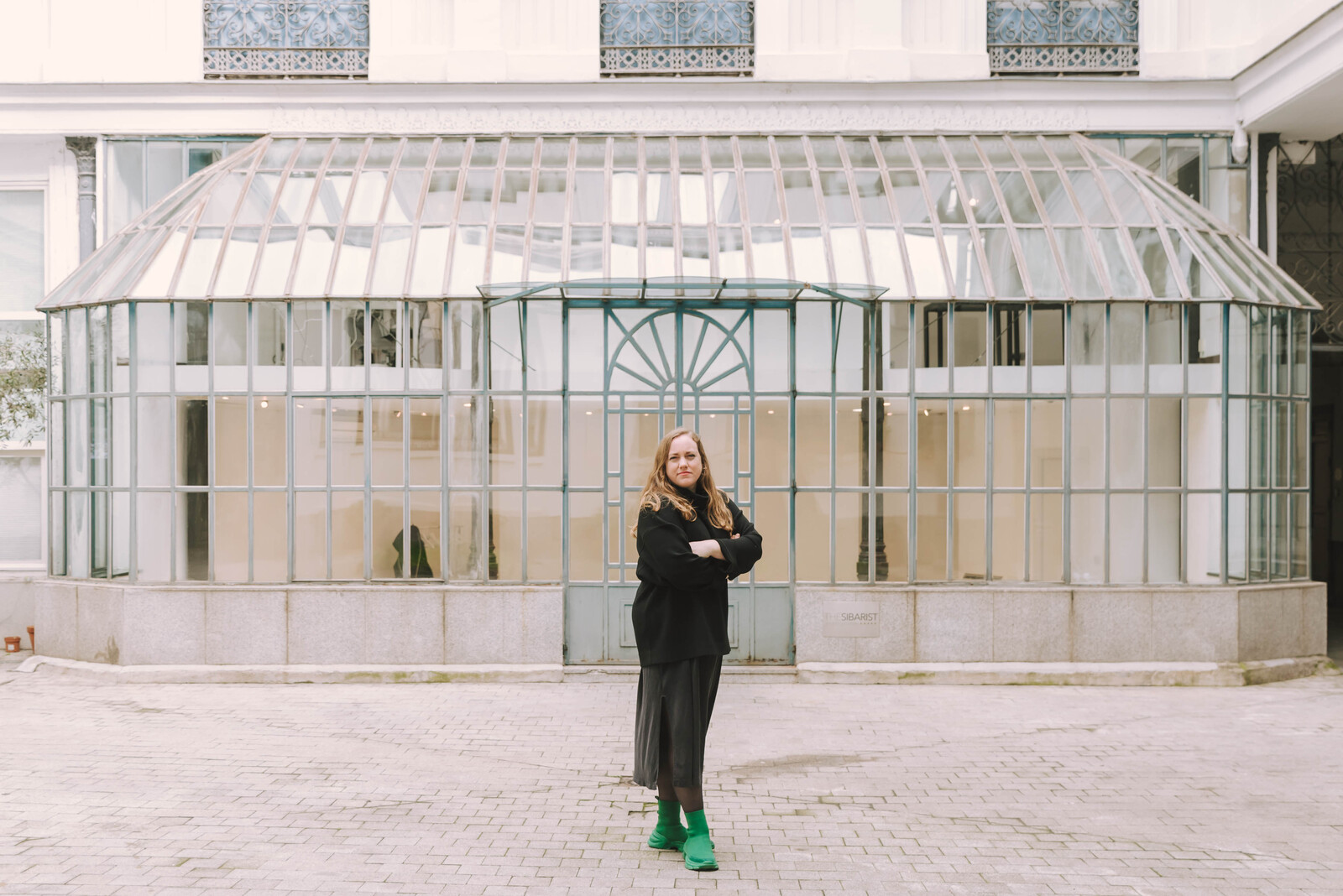
Surely few artists travel around the world with their pockets full of paper pistils that they weave together, influenced by the places they visit and the people they come across. This is the modus operandi of Luz Moreno Pinart (Madrid 1989), daughter of architect Luis Moreno Mansilla and artist Carmen Pinart. Trained at the Ecole Nationale Supérieure des Arts Décoratifs in Paris and at the Aalto School of Design in Helsinki, where she began her immersion in the world of textile fibers, later nurtured by her collaboration with the American creator Sheila Hicks, renowned for her experimentation with fabrics. She is currently exhibiting two installations as part of the Off Festival program of the Madrid Design Festival, in which she proposes different approaches to the materials provided by nature.
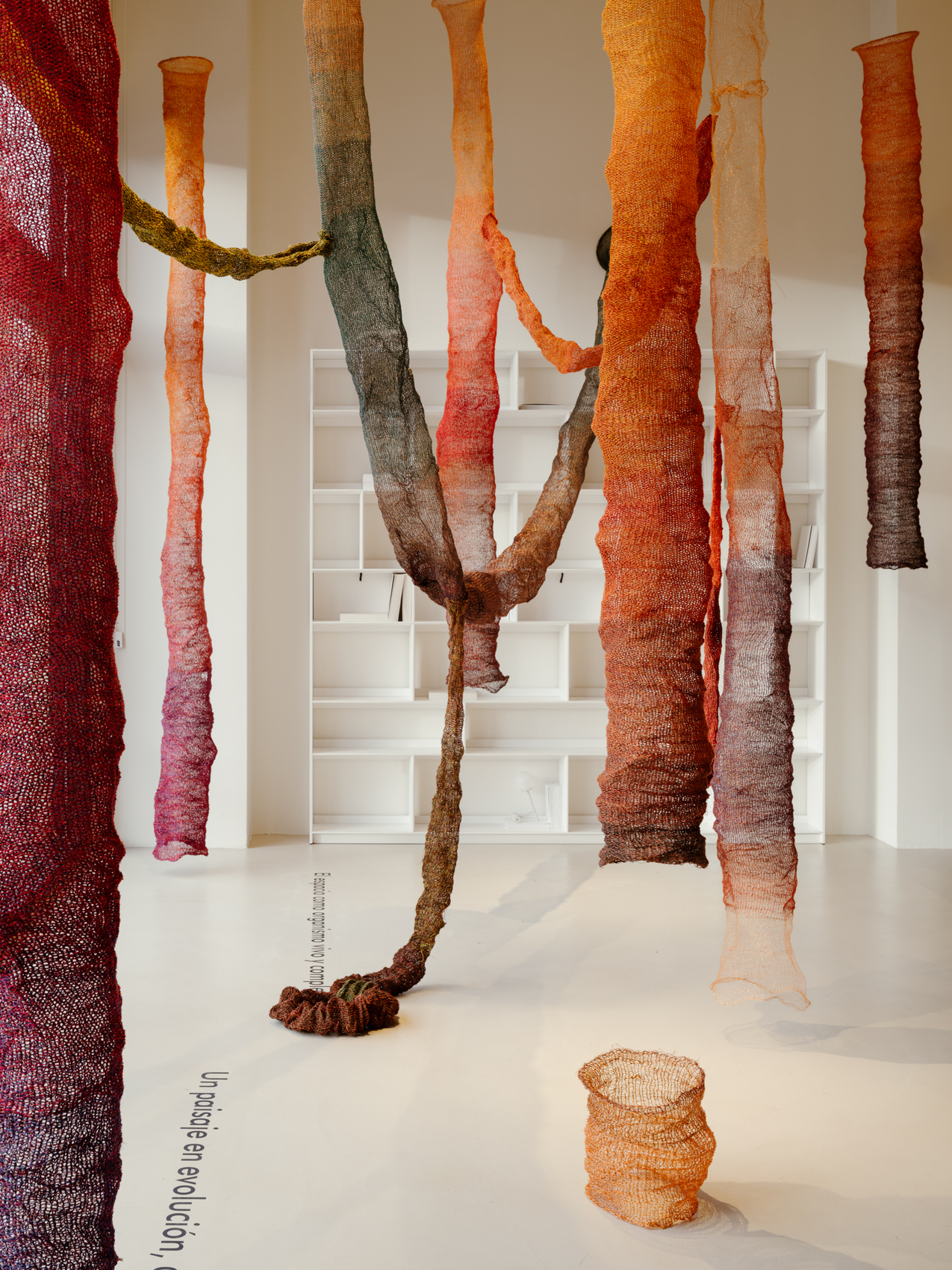
You have two exhibitions at bulthaup and Minim called ‘Intertwined Lives’ and ‘Up & Down’, what are they about?
Together with Quinita Cotorruelo, from bulthaup and Minim, I wanted to create a dialogue between these exhibitions. In ‘Intertwined Lives’, I work with paper, while in Minim I present linen and nettle. The first one stems from an artistic residency I did in Japan for five months, with the French Institute, to work with the olive tree. Then I was lucky enough to meet a paper craftsman who taught me how to work it and, above all, how to make the typical paper pistils used to make flowers. From the beginning, I was so interested that I started to go everywhere with handfuls of pistils in my pockets and, as I travel a lot, in moments of waiting when I crossed paths with people I would work with them, so that for me it was like having a kind of artistic diary composed of dialogues and crossings between people. With what I created I was able to tell stories.
To talk about Minim’s exhibition I have to tell my life story in two minutes. I left Madrid to study theatrical scenography in Paris and I started to work with space, but what interested me most of all was matter and the five senses. I started to integrate materials with smells and food and that’s when I was lucky enough to do a postgraduate course to study food design at a school in Reims. I was trying to understand why I was so interested in textiles and food. I did a kind of thesis looking for the link between food and textiles and I found an archeology article from the pre-Columbian Andes about the beginning of agriculture. It said that women made haji, a giant earthen pot where they put water to heat with a whole corn plant, for example, and with what they did not eat they made textiles. And I thought about the whole plant and what I can bring to talk about those plants today and how we often forget all the history and all the nature. I started creating installations with textiles, mixing it with culinary. I got a grant to do a residency in Paris where I was working on edible nettle and textile. I tried to build a kind of roots and that’s where the Minim exhibition comes from, where you see tubes woven with linen thread and nettle that represent that whole subway world inspired by the roots of nettles. It is an installation in which you could feel very small and very worm-like exploring that subway world.
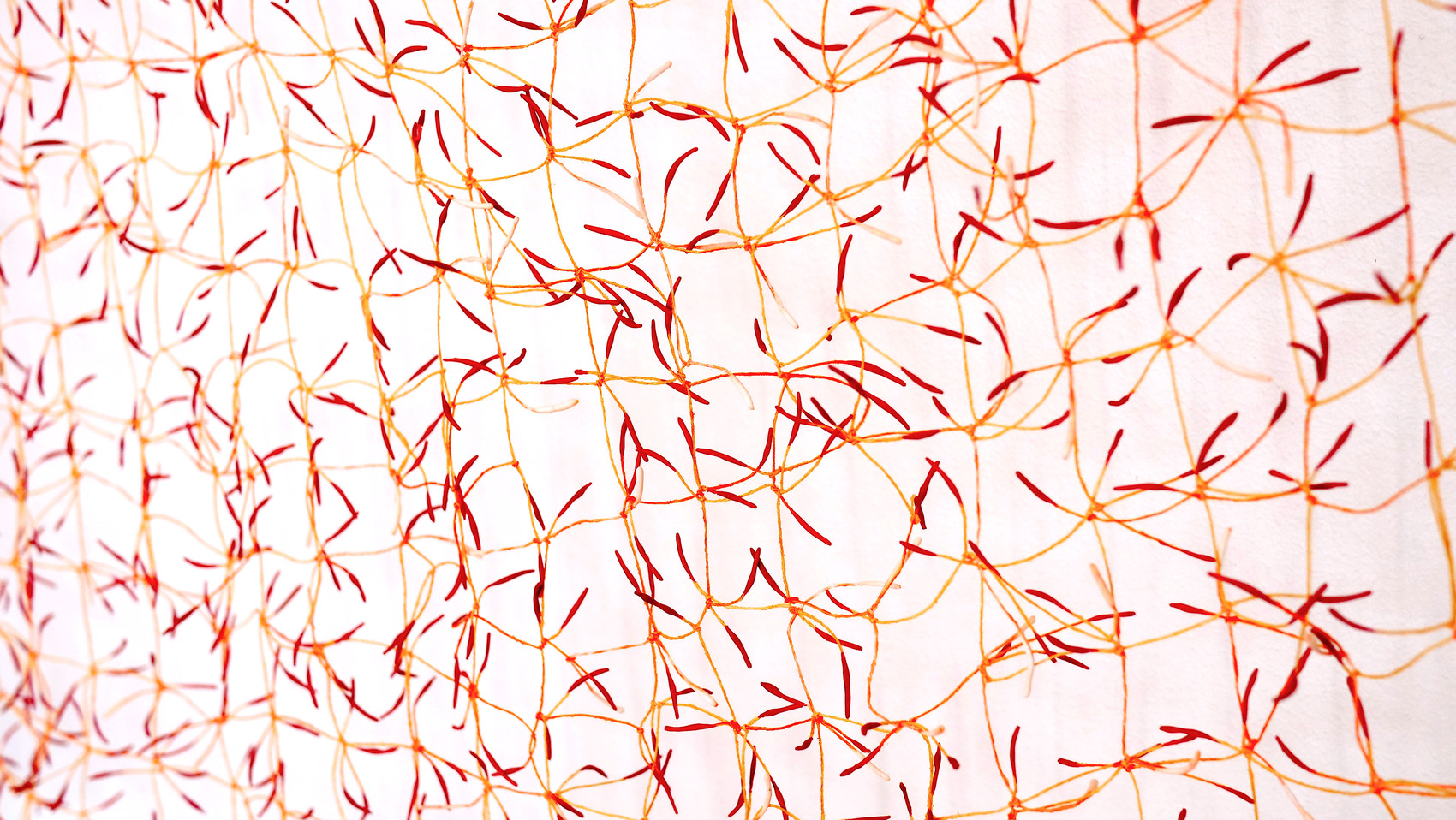
Do you consider yourself a craftswoman, artist or designer?
For me it’s a mix of craft, art and design and I don’t think there is a word for it yet because I don’t consider myself either a designer or a craftswoman. I would say I’m more almost in the art world, but even so, there is a term in France which is plasticienne, which defines someone who works with material. What interests me is working the material and the five senses. In fact I ask people to touch my works, I don’t want them to see them, I want them to touch them. The definition of my work would be more like a plastic artist, but I don’t like the word plastic because I only use vegetable materials, so I’m brainstorming to find the word in Spanish.
Despite your short career, you have managed to build an impressive career, have you had mentors or inspirational figures?
Sure, yes, I spent years working with Sheila Hicks and it is true that she has taught me a lot, about color and about the way of seeing things, something that obviously shows in my work. As I said before, what interests me a lot is the whole plant, the total plant, looking at it as if I knew nothing about it and trying to understand which part is edible and which part is textile and from there create a new point of view, give it value. I try to realize that there is a lot behind it. Sometimes I say that I am only a translator of plants.
You make sculptures of fabric and paper, edible fibers, why do you choose these supports?
I try to explain what the plants want to tell us and translate it into human language. I am very interested in archeology, diving into time to see what was done and how it was done, but adding a contemporary contribution.
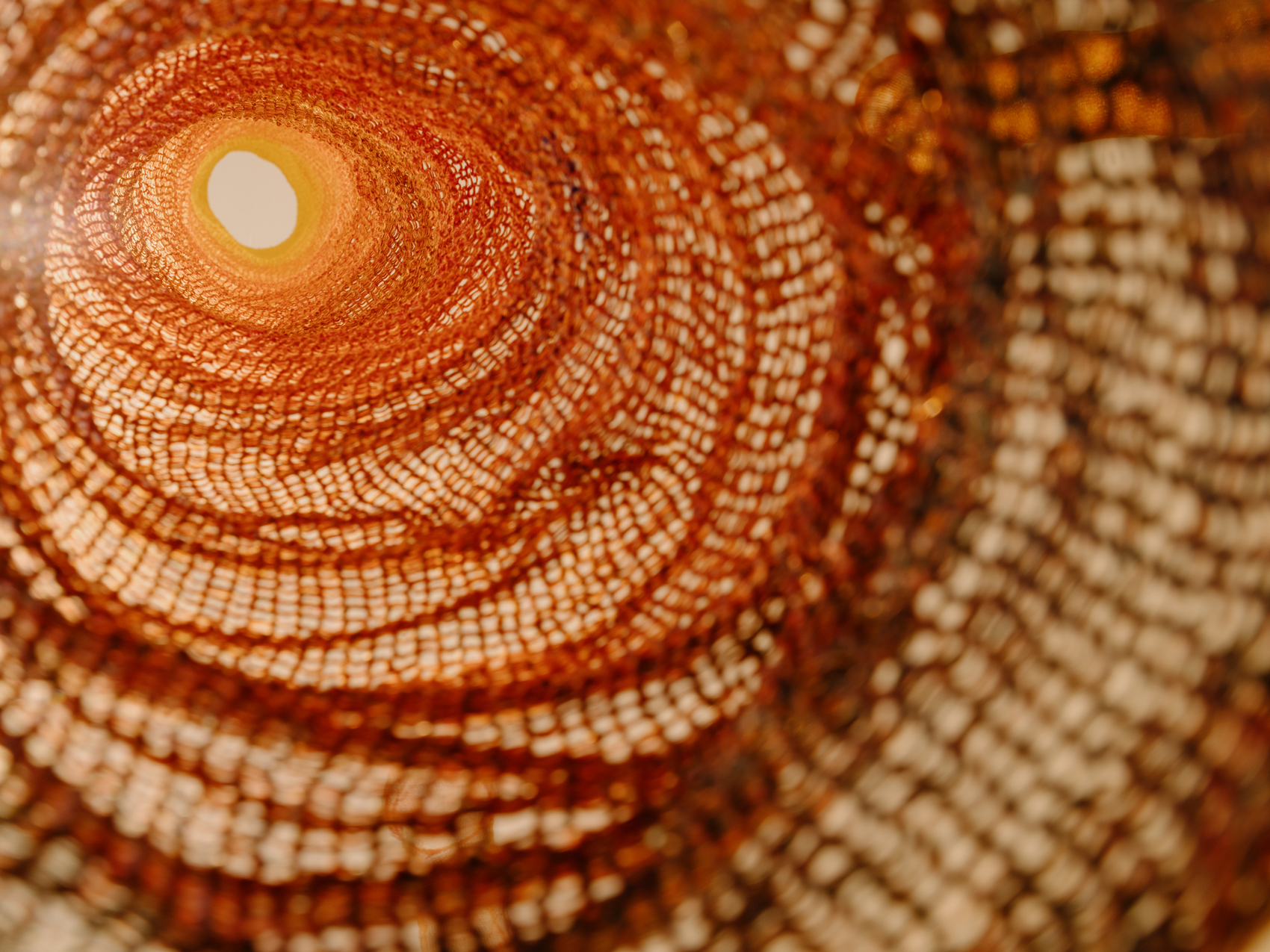
What do you want to transmit with your works?
I believe that the plant world contains all the materials and everything we need and that what we need now is to change the way we see things. Working with nettle, paper, rice and olive tree is a way to offer a different point of view. When people see my work, I want them to be surprised by the fact that it is a textile made with nettle. By achieving this alone, the objective would be accomplished. I try to make the public think about the incredible material already existing in nature and that it is not necessary to look for new materials, but that the ones we already have are the necessary ones.
You mix paper craftsmanship with food design, how did you come to this?
Whenever I do food design, it must always have a meaning, there must be a theme and values behind it, and it must tell a story.
What have been the key moments in your career?
Ten years have passed since I finished my degree and, honestly, there have been several, but it almost always coincides when I do an artistic residency. For example, in Japan when I was working with the olive tree as a material in a residency called Villa Kujoyama, in Kyoto, at the French Institute, it was an important moment for me. Then it was essential when I did the residency in Paris on the nettle because I had time to be able to reflect on all this. And, last year, the fact that I was selected for the Loewe Craft Prize was important.
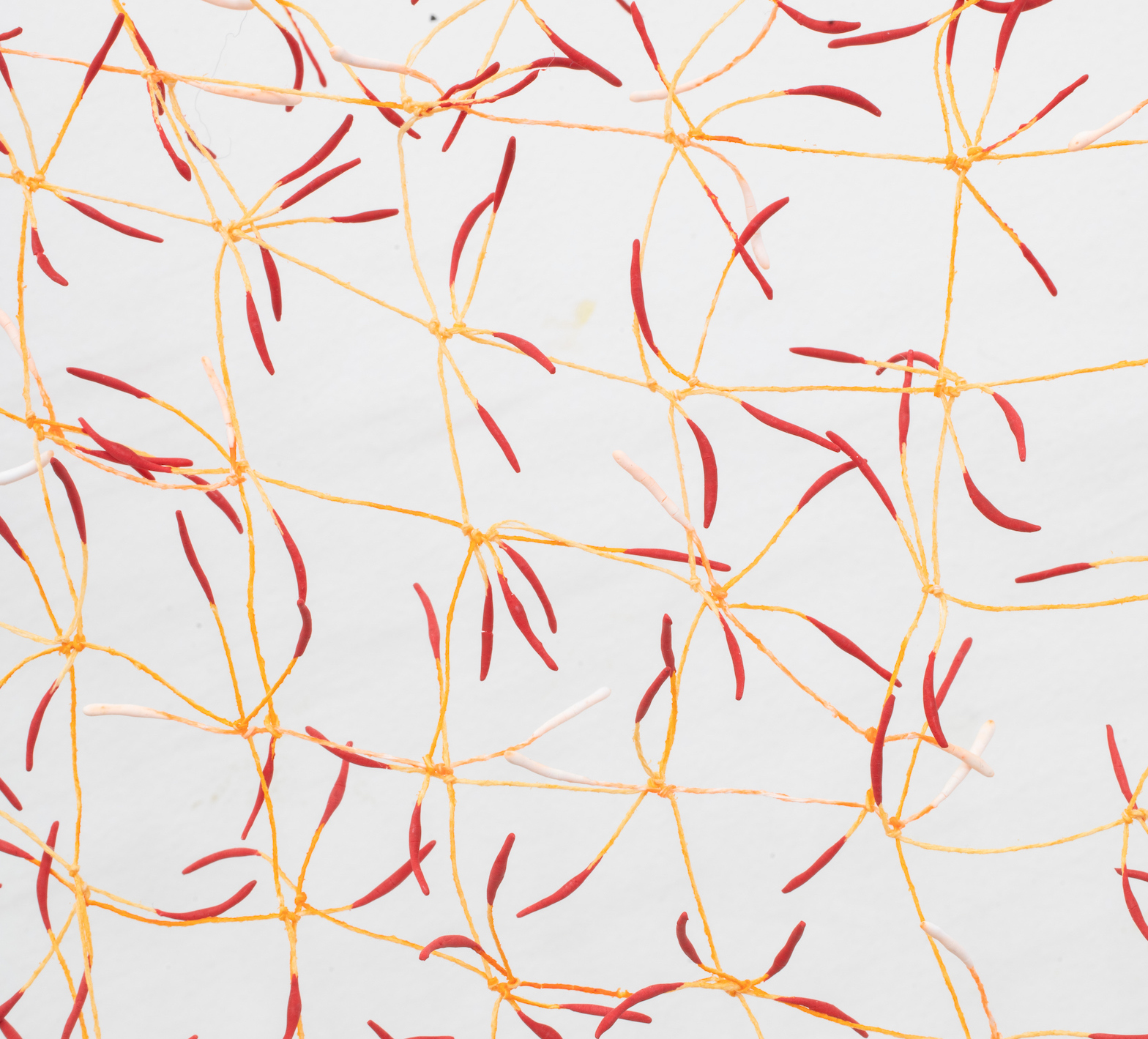
You were a finalist in 2023 for the Loewe Craft Prize, what did this distinction mean to you?
It was exciting to be the only Spaniard selected because the organization receives around 2,000 proposals and to be the only Spaniard and to be able to exhibit with people from all over the world at the Noguchi Museum in New York was incredible. I always say it’s like planting seeds and waiting for everything to grow. We are used to putting borders between design, craftsmanship and art but in reality today we are moving towards something in which all this is mixed and I think it is beautiful and Loewe understands it in this way.
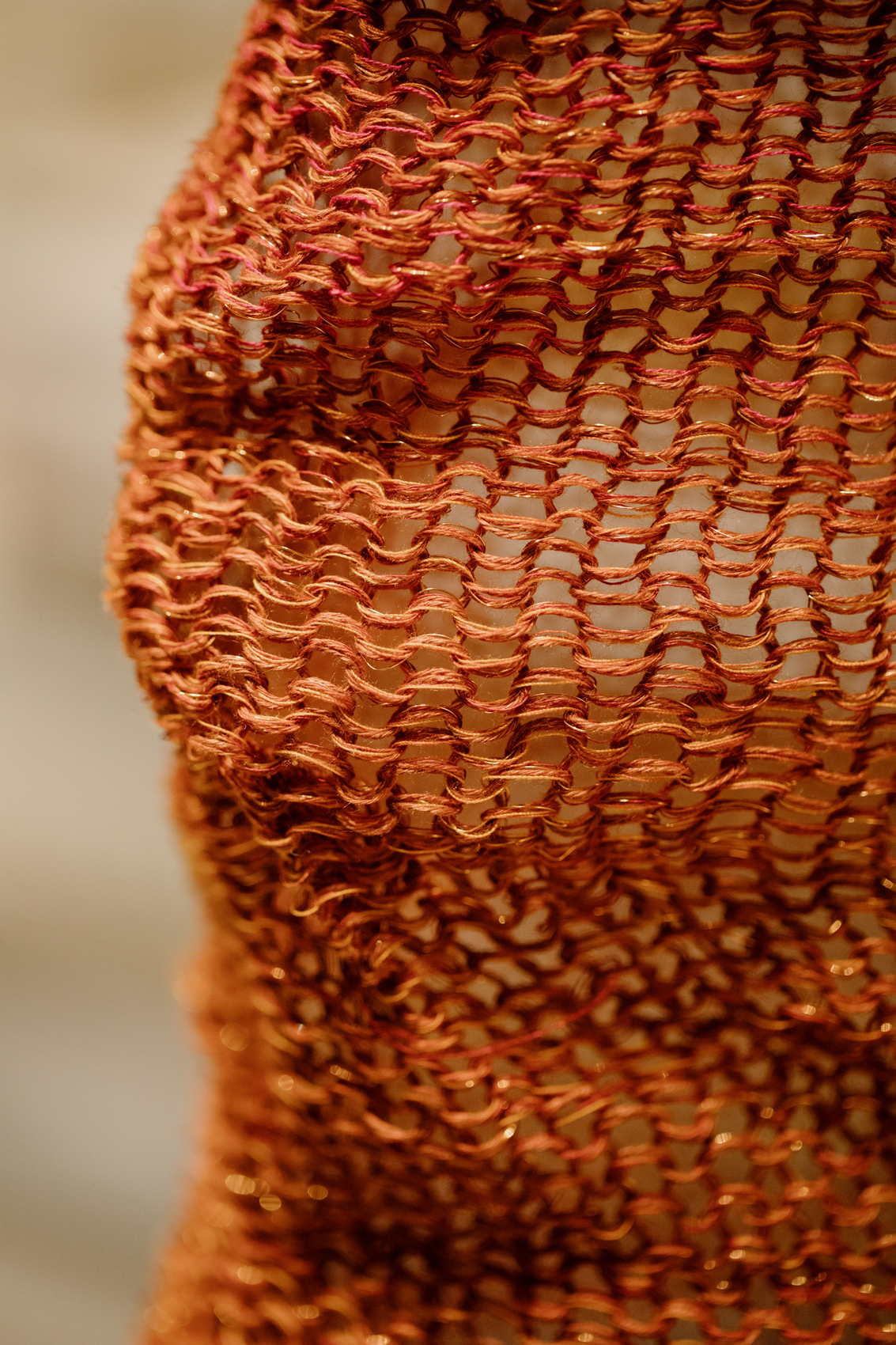
What are you working on right now?
In two months, with a grant from the Ministry of Culture, I’ll be doing a residency at Espacio Vilaseco, in Lugo (Galicia), to work with linen and chestnut and I think it will also be something important. I’m starting to do the research period and I don’t know where it will take me, but it’s what I like. This center is in a very small village where they have renovated an amazing place to make artwork. It’s perfect for me to be able to take that time and focus on those plants which is what I really like, to be able to select a plant and from there make a project not the other way around.
Are there any dreams that you have not yet seen fulfilled or that you would like to make come true?
Yes, for example, I would love to collaborate with a fashion brand to make a piece with pistils, I have this crazy idea. Being able to work with a plant like corn in Mexico is something that will surely happen, time to time. I’m planting seeds everywhere, I’ll see what happens.
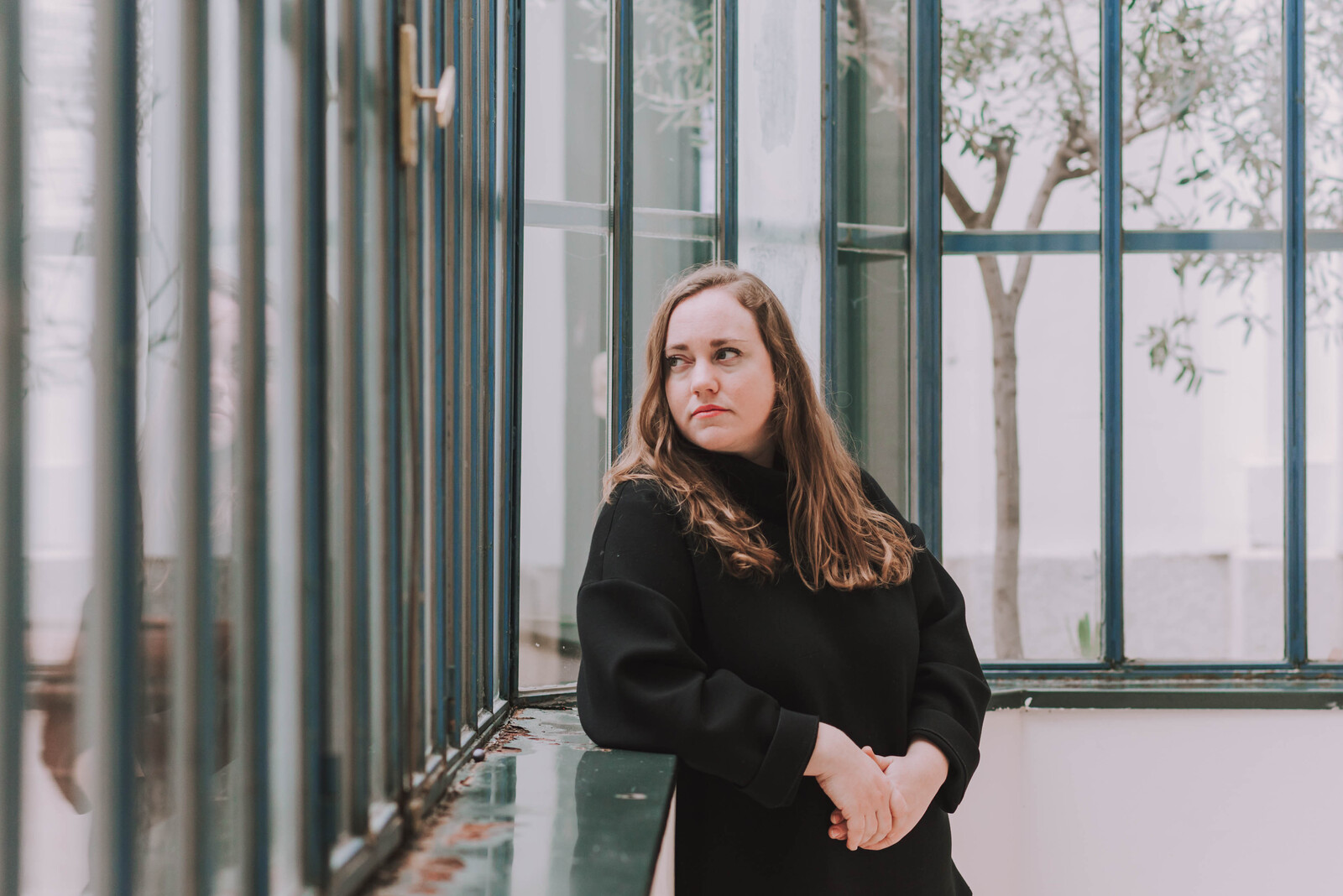
Editor: Beatriz Fabián
Beatriz is a journalist specialized in offline and online editorial content on design, architecture, interior design, art, gastronomy and lifestyle.
Photographer: Nieves Díaz.